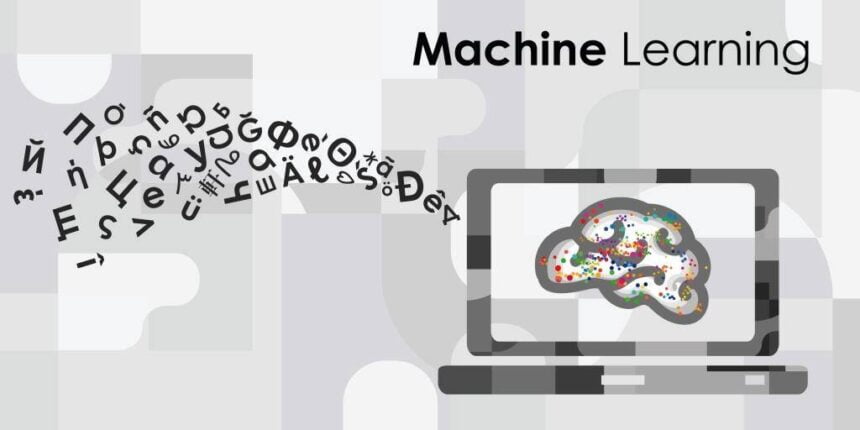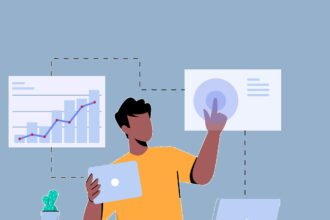Machine learning is offering businesses a new opportunity to translate documents. They can use machine learning to translate marketing materials and other literature. However, these AI solutions may not always be the best.
Brief Overview of Neural Machine Learning
Towards Data Science has discussed this development. The term is called neural machine translation.
We live in a very multi-cultural world, but we still don’t speak the same languages. This means that we need to rely on translations more than ever before. Machine learning can be very helpful with translating between languages. But is it always the best option?
Are you finding it difficult to determine the best translation method to use for an underlying project? This article explores the more natural interpretation strategy to use in diverse situations.
Is Machine Learning Really Superior for Translating Between Languages?
We live in a world where communication is essential and information evolves more rapidly than ever before. This is fueling everyone’s desire to speak more than one language. There are a few bilingual individuals with the ability to speak more than one language fluently.
However, it is very rare to find an individual with the prowess of speaking more than ten languages. For this matter, to go international by starting cross-border projects, you should develop a familiarity with the locals, their language, and culture. This can only happen through translation. Do you know the best translation strategy to use in such an environment?
Now imagine you have an idea of the right translation method to use for your business. What else can hinder the smooth transition of the company in the targeted foreign market? Identifying the best method of translation to adapt for your intended purpose is easier than you think! You may think that machine learning is better at translating than humans, but this is not true at all. Below is what you should know about technology and human translation.
Technology Translation Doesn’t Interpret Information to Its Required Context
Even though the innovation of machine translation is a significant development in the arena of language translation, it is unfortunate that machines are much less efficient when it comes to interpreting creative content. Delivering the right message to the locals can be very difficult when a machine is used. Softwares cannot interpret literary content such as idioms, imagery, and ironies, among others, to the required context as the primary text.
They may come up with an awkward translation that means a completely different thing and may bring a negative impression on your underlying project. This can make your audience think of your business as a joke.
Software-based translation works best with documentation, editing, and any other form of information-oriented content. This can be a fast and convenient strategy to use when the interpretation content is informative. Therefore, before striking a deal with a translation company, take your time and analyze the content you are about to interpret. Figure out whether the text is information-oriented or creative then decide whether or not to use human or technology translation.
Machine Translation Depends on Human Touch
Human translation is more straightforward and takes into account different aspects of the original text, such as culture, religion, and the local context. This is not the case when it comes to machines. Besides, a human touch is essential since the translator can analyze the text, identify the audience, and come up with an appropriate translation that fits the underlying context.
When it comes to analyzing the accuracy of human and machine translation of smaller words, the accuracy is about the same. However, machines suffer a major setback when it is submitted to translating the big amounts of text. Thus, before selecting online translation services, you should take your time and figure out the content you are about to bring. Get an appropriate answer and come up with a proper decision on which method would be suitable.
Even though using software translation may seem like the fastest interpretation tool, for the information to reach the audience and be adopted faster, post-editors are required. The post-editors need an appropriate orientation to understand the intention of the message, the target audience, and the expected outcome of the interpretation.
Unlike a machine that can interpret a word to mean something incorrectly, human translators have nuanced familiarity with contemporary culture and language. Thus, they will take their time and use their translation prowess to identify the purpose of the original message, identify its target and interpret it to the locals of a different setting contrary to its original country.
Machine Translation Offer Limited Language Service
Machines are programmed to translate specific languages. For that reason, most software translations only cater for languages that are widely spoken. Such languages include:
- English;
- Mandarin;
- Spanish;
- Chinese;
- French.
The above are among the most commonly spoken languages that mostly feature in numerous technology translation software applications. The machines find it easy to translate text from languages it is programmed to interpret. However, when it comes to other non-programed lingua franca, a significant problem is evident.
What’s more, words with similar syntax are easily translated by a machine. For example, it is more natural for a machine to translate English to German or vice versa compared to translating Turkish. It is so because Turkish words seem shorter. However, the translated word is more complex when it comes to the context required. Noteworthy, agglutinative words that have a shorter text, but when translated forms a complex word may give the machine a hard time to translate. The machine may end up coming up with a different translation that may have an altered meaning far from the intended interpretation, hence losing its relevance and giving the project a negative reputation.
Moreover, machines are less relevant when it comes to translating the less widely spoken languages. Imagine that you’ve hired a machine translation service that is not programmed to translate your target language. Your project will suffer a big blow since you would be unable to attain the primary intention of creating the project.
Need to Go Global? Implement MT or Human Translation Appropriately
With all this information about human and technology translation, choosing the most suitable method for your context shouldn’t be a problem anymore. Take your time, identify your audience, intended purpose, the message itself, then decide.
Choosing the most appropriate translation method for an underlying context gives your project a more significant reputation within the local environment. Therefore, do not be afraid to go global. Choose an appropriate translation method and enhance the adaptability rate of your project within a foreign environment.











